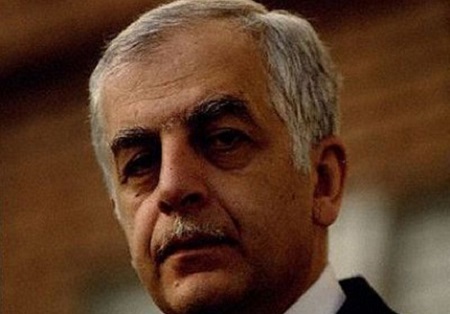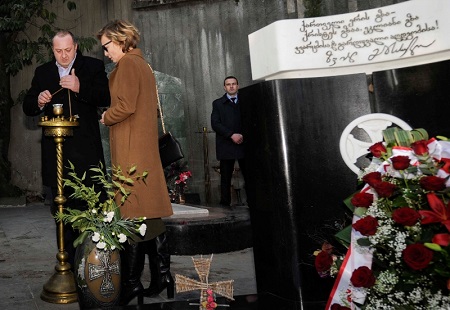Family of Georgia’s first president demands answers to his unsolved death

The family of Georgia’s first president Zviad Gamsakhurdia is demanding a new investigation is launched into the controversial death of the late president, who would have celebrated his 75th birthday today.
See also: Gov’t pays tribute to country’s first president
The cause of his 1993 death remains unsolved and controversial, as a number of reasons have been attributed to his passing. On December 31, 1993, Gamsakhurdia died after recently returning from exile in a failed attempt to regain power.
The late president’s three sons urged the Government, including the Prime Minister and President, to re-launch an investigation of Gamsakhurdia’s death.
"We feel obliged to remind [everyone that] the death of the late president is of the most unexplained criminal cases in the history of Georgia’s independence. It is the most misty and unsolved criminal case [and it has] been shelved on the Prosecutor’s Office for 20 years,” son Konstantine Gamsakhurdia said.
K. Gamsakhurdia said a number of times he believed his father was killed and did not commit suicide.
Some believe the late president committed suicide while other said he died in the village of Khibula in the Samegrelo region of western Georgia and later was re-buried in the village Jikhashkari (also in the Samegrelo region).
A Parliamentary Commission created in 2009 to study circumstances of the late president’s death, revealed in 2011, the late president did not committed suicide.
K. Gamsakhurdia said the Government was not interested to begin an investigation following "those circumstances”.
"The ruling power of that time did not demonstrate the political will to allow the procession to complete the investigation of the country's first president,” K. Gamsakhurdia said.
Gamsakhurdia was buried in Grozny, Chechnya, in Russia. In 2007, 13 years after his death, his remains were returned to Georgia and reinterred in the pantheon at Mtatsminda alongside many other prominent Georgian public figures.
 Tweet
Tweet  Share
Share

